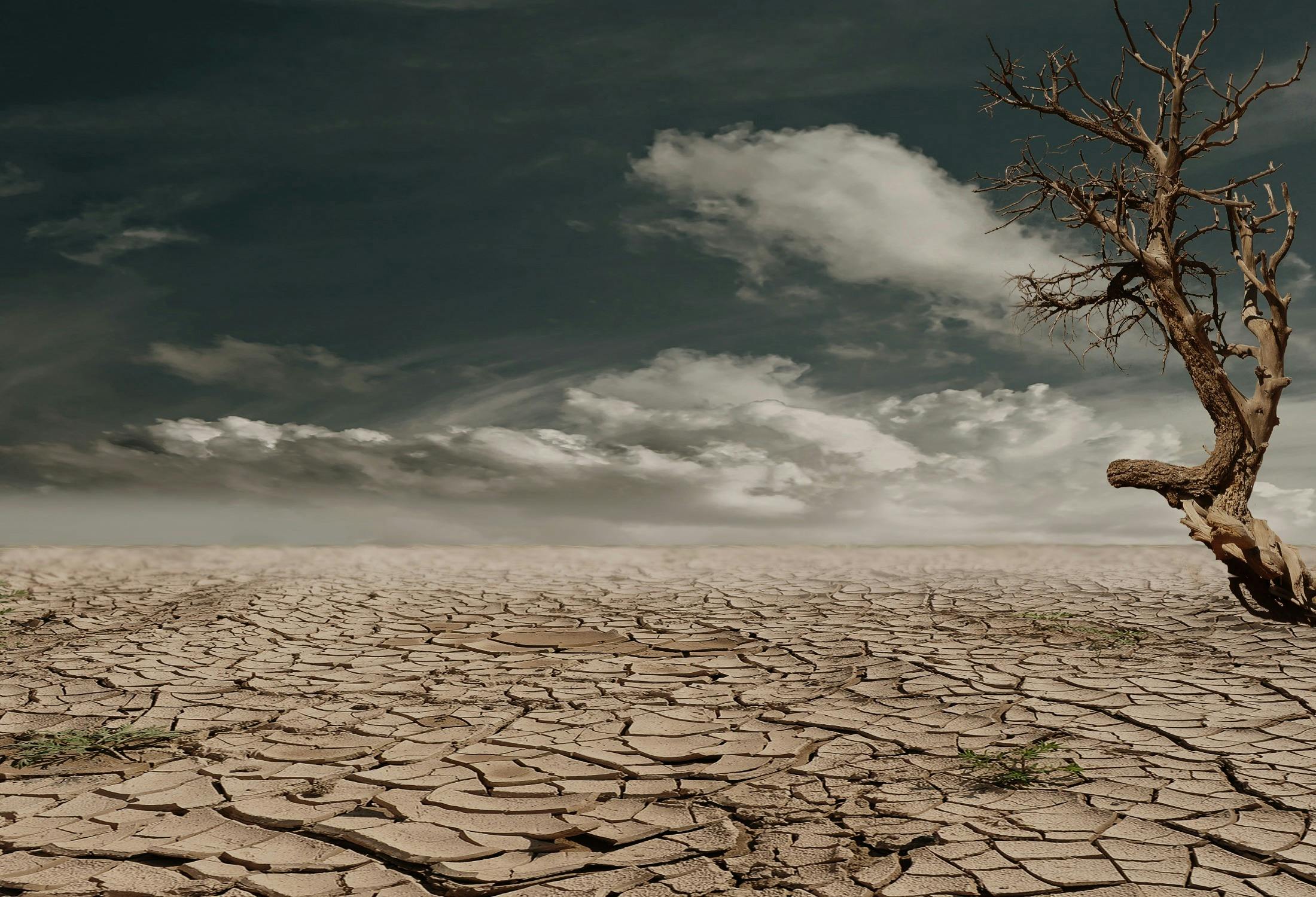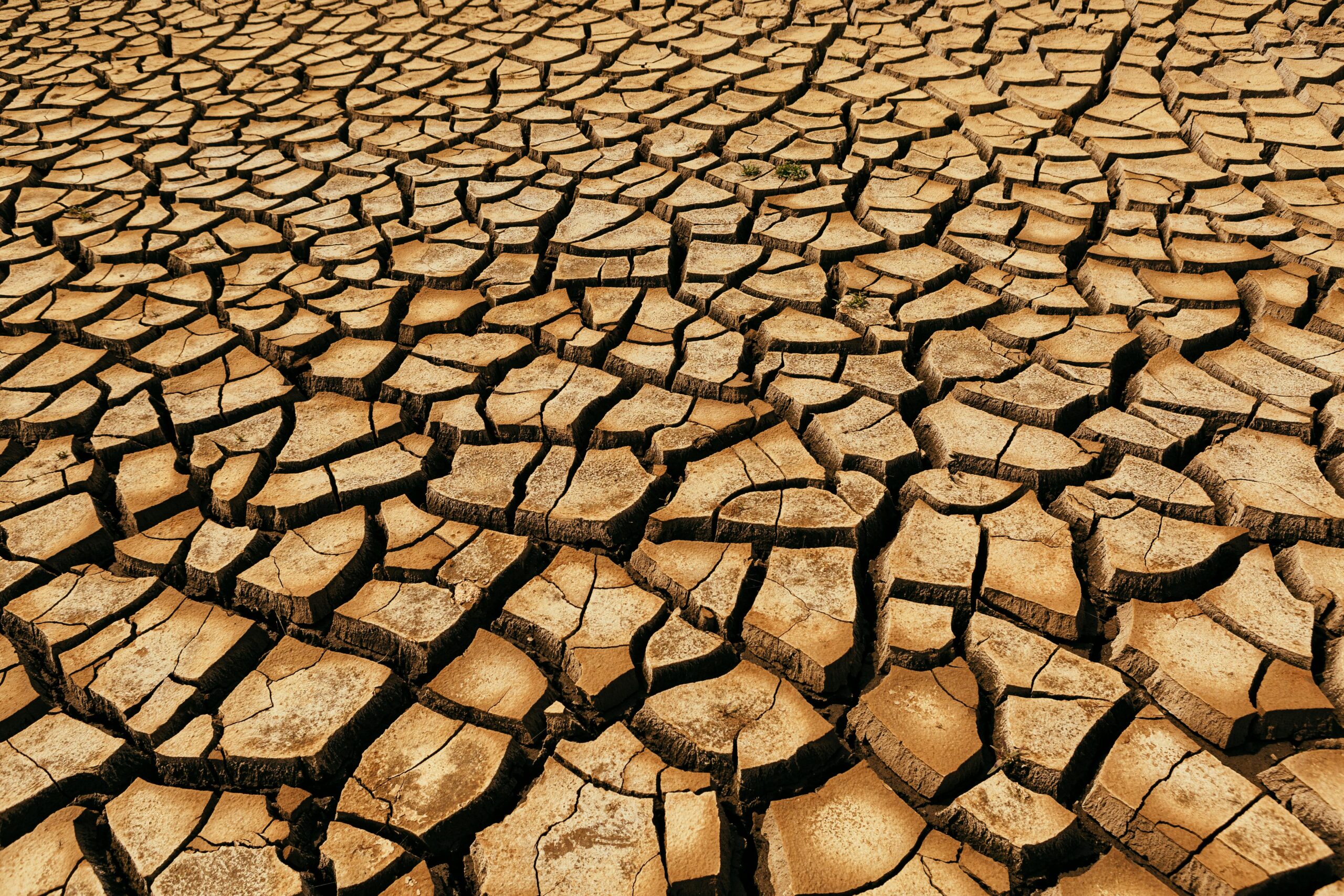Desertification, the process of fertile land turning into desert primarily due to drought, deforestation, or inappropriate agriculture, has far-reaching environmental and economic consequences. Affecting over 100 countries globally, desertification poses a severe threat to biodiversity, food security, and economic stability, especially in regions dependent on agriculture. Understanding these effects is critical for addressing the root causes of desertification and promoting sustainable land management practices.
Environmental Impacts of Desertification
- Soil Degradation
One of the immediate environmental consequences of desertification is soil degradation, where the soil loses its nutrients, structure, and ability to retain water. As vegetation cover declines due to overgrazing, deforestation, or poor agricultural practices, the soil becomes exposed to erosion from wind and rain. This degradation reduces soil fertility, making it harder for plants to grow and survive. Loss of vegetation further accelerates desertification, as plants play a vital role in protecting and stabilizing the soil. - Loss of Biodiversity
As desertification progresses, natural habitats are lost, and biodiversity declines. Plant species that once thrived in these regions cannot survive in degraded conditions, leading to the loss of primary food sources for various animals. This reduction in biodiversity disrupts entire ecosystems, affecting both flora and fauna. Animals that depend on specific plants or habitats are forced to migrate or face extinction, impacting the ecological balance of the region. - Increased Carbon Emissions
Healthy vegetation and soil act as carbon sinks, absorbing carbon dioxide from the atmosphere. However, as desertification reduces vegetation cover and degrades soil, these lands release stored carbon, contributing to greenhouse gas emissions. This release of carbon exacerbates global warming, creating a feedback loop where climate change accelerates desertification, which in turn contributes to climate change. - Water Scarcity
Desertification reduces the land’s ability to retain water, leading to more frequent and severe droughts. As soil quality declines, water infiltration decreases, and runoff increases, further reducing the availability of water for plants, animals, and humans. Water scarcity in turn affects agriculture, drinking water supplies, and the overall resilience of communities, particularly in already arid and semi-arid regions.
Economic Impacts of Desertification
- Impact on Agriculture and Food Security
Desertification has a direct impact on agriculture by reducing the productivity of land. As fertile soil degrades, crop yields decline, leading to food shortages and increased food prices. This impact is particularly severe in developing countries where a large portion of the population depends on agriculture for their livelihood. Decreased agricultural productivity forces communities to rely on imported food, raising costs and increasing vulnerability to global market fluctuations. The United Nations estimates that desertification affects the livelihood of around 1.5 billion people globally. - Loss of Income for Local Communities
In regions heavily reliant on farming and livestock, desertification threatens the primary source of income. As land becomes less productive, farmers and herders face declining incomes, which can lead to poverty and social instability. Desertification forces some families to abandon their traditional livelihoods and migrate to urban areas in search of work, leading to overpopulation and economic strain in cities. - Increased Costs for Land Rehabilitation
Restoring degraded land is costly and often requires significant financial and technical resources. Measures such as reforestation, soil conservation, and sustainable water management are essential but expensive to implement. For developing countries, these costs can strain limited resources, making it challenging to address desertification effectively. Without sufficient investment in land rehabilitation, desertification continues, exacerbating the economic burden. - Health Costs
Desertification can lead to an increase in health problems, particularly respiratory illnesses, as dust storms become more frequent due to exposed soil. Additionally, water scarcity associated with desertification often leads to poor sanitation, increasing the risk of waterborne diseases. The health costs associated with these issues further strain local economies, particularly in low-income regions where access to healthcare is limited. - Increased Migration and Social Unrest
Economic pressures from desertification can drive migration as people leave degraded lands in search of better opportunities. This displacement contributes to urban overcrowding, economic instability, and in some cases, social unrest. In regions where desertification has destroyed traditional livelihoods, competition for resources can lead to conflicts, particularly over access to land and water.
Strategies to Mitigate Desertification’s Effects
Addressing desertification requires a combination of sustainable land management practices, policy interventions, and international cooperation. Some effective strategies include:
- Reforestation and Afforestation: Planting trees helps stabilize the soil, retain moisture, and restore natural habitats. This also assists in carbon sequestration, which helps mitigate climate change.
- Sustainable Agriculture Practices: Crop rotation, agroforestry, and conservation tillage can help prevent soil degradation and maintain soil health.
- Water Conservation Techniques: Efficient irrigation, rainwater harvesting, and sustainable groundwater management can improve water availability and reduce the impact of droughts on agriculture.
- Education and Awareness: Training communities on sustainable land use and the importance of soil conservation can help reduce the pressures on vulnerable lands.
Conclusion
Desertification has significant environmental and economic impacts that threaten global biodiversity, food security, and economic stability. By understanding these effects, communities and policymakers can work towards more sustainable land-use practices to mitigate and prevent further desertification. Addressing the root causes of desertification is essential for preserving ecosystems, securing food supplies, and fostering resilient economies, particularly in areas most vulnerable to climate change and land degradation.
By implementing sustainable practices and supporting policy interventions that prioritize land restoration, we can slow down the desertification process and promote more sustainable growth for future generations.








Leave a Comment